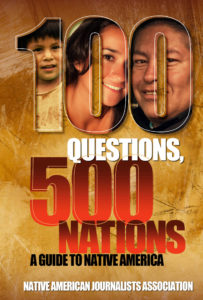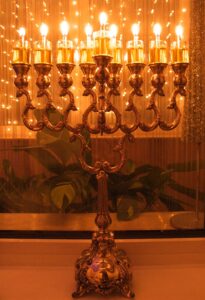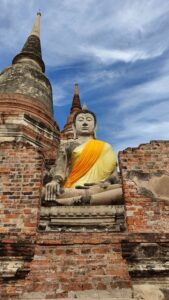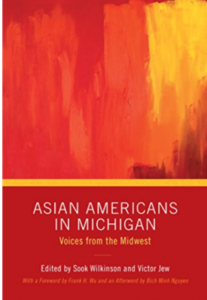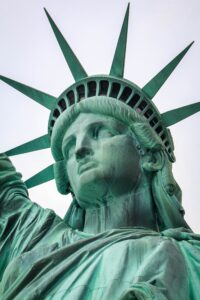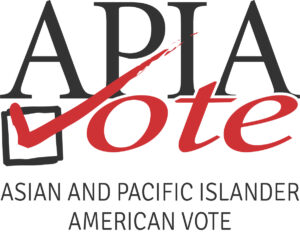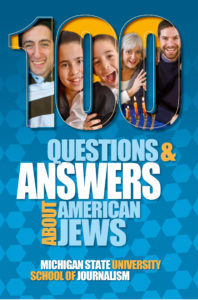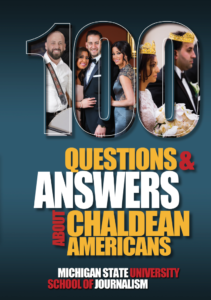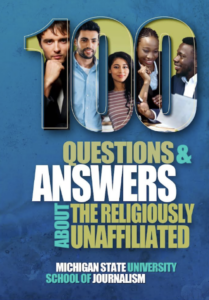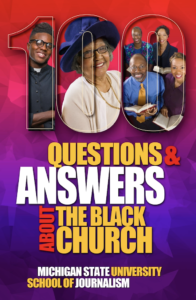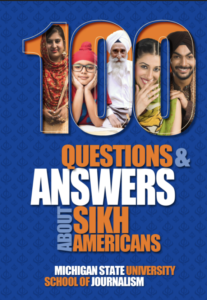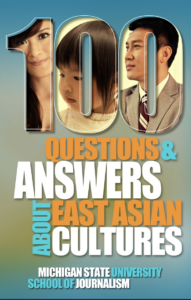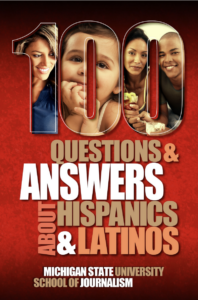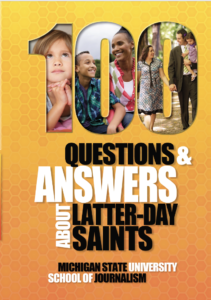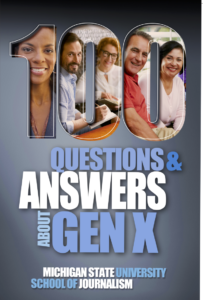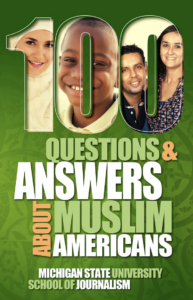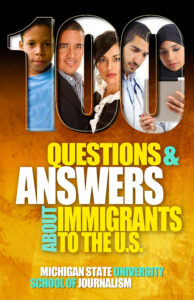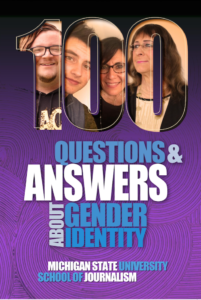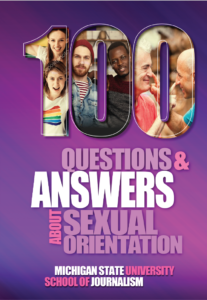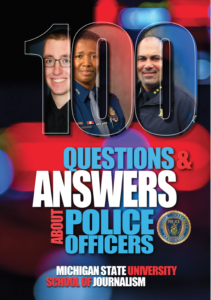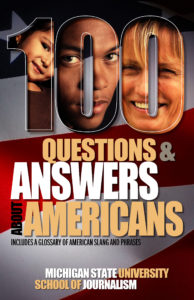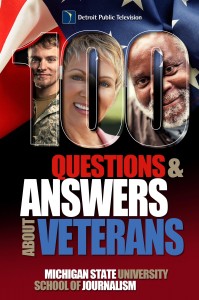Associated Press reporter Elana Schor reported on weekend violence at four Washington, D.C., churches: the attacks “raised questions among some clergy and churchgoers about why more fellow Christians were not speaking out against the incidents.”
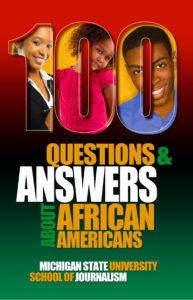 The damage accompanied rallies by groups, including Proud Boys, disputing President Donald J. Trump’s election loss.
The damage accompanied rallies by groups, including Proud Boys, disputing President Donald J. Trump’s election loss.
Among the houses of worship were two historically Black churches where people damaged Black Lives Matter banners and a nearby Methodist church where a banner supporting LGBTQ rights and rejecting “acts of hate or violence” was slashed. The pastor there said the slashing was, “incredibly minor compared with what happened to our neighbors” and redirected attention to the Black institutions.
The Rev. William H. Lamar IV, pastor at one of the Black churches, said he saw not a division within the Christian community but separate faiths. “Their faith is not my faith and is not the faith of my ancestors,” Lamar said. He said conservative evangelicals’ faith “clearly buttresses the status quo.”
Other remarked that some Christians who had been outspoken about damage caused to churches during violent protests over the killing of Black men were silent about the weekend’s incidents. They called for greater consistency and unity.
Biden transition official said Csmeron French issued a statement saying “acts that target these places because of their views are unacceptable and undermine our work to build a more perfect union.”
Learn more about the special significance of the church in Black communities. “100 Questions and Answers About African Americans” is available from Amazon or the Front Edge Publishing bookstore.

